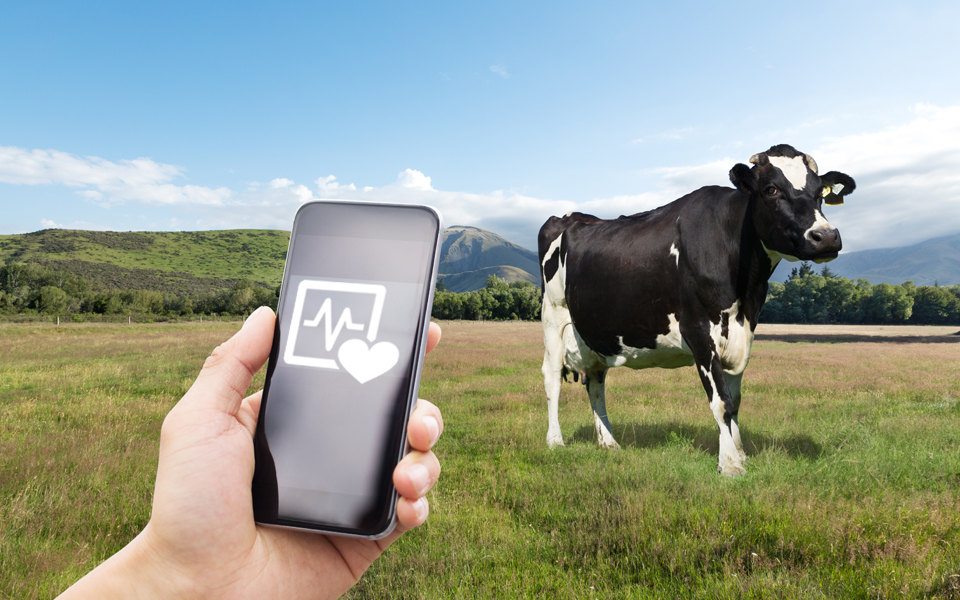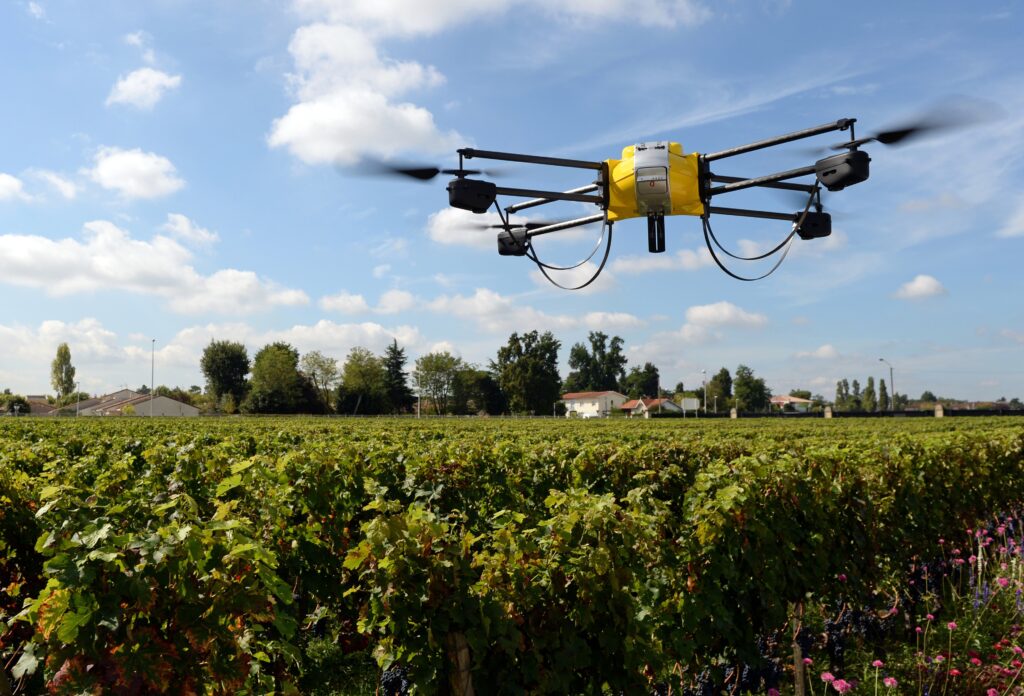Artificial Intelligence (AI) is changing the face of agriculture, offering new solutions to the many challenges faced by farmers today. From precision farming to food security, AI applications for agriculture are transforming the way we grow and produce food. In this blog post, we will explore some of the most exciting AI applications for agriculture and how they are helping to create a more sustainable and efficient food system.
- Precision Agriculture
Precision agriculture is the use of technology to optimize crop yields and reduce waste. AI can help farmers achieve precision agriculture by analyzing data collected from sensors, satellites, and other sources to provide insights into soil moisture, crop growth, and pest infestations. This information can then be used to adjust irrigation, fertilization, and pest control measures, leading to higher yields and reduced environmental impact.
One example of precision agriculture using AI is the use of drones to survey crop fields. Drones equipped with sensors can collect data on crop health, soil moisture, and other factors that affect crop growth. AI algorithms can then analyze this data to identify areas of the field that require attention and provide recommendations for optimizing crop yield.
- Crop Management
AI can also help farmers manage crops more efficiently by predicting weather patterns, identifying diseases and pests, and recommending the best planting and harvesting times. By analyzing data from sensors, satellites, and other sources, AI algorithms can predict weather patterns and identify potential threats to crops before they occur. This allows farmers to take preventative measures, such as applying pesticides or adjusting irrigation, to ensure the health of their crops.
Another example of AI crop management is the use of machine learning algorithms to predict the best time to plant and harvest crops. By analyzing historical data on weather patterns, soil conditions, and crop growth, AI algorithms can identify the optimal planting and harvesting times for different crops, leading to higher yields and reduced waste.
- Livestock Management
AI can also be used to improve livestock management by analyzing data on animal health, behavior, and nutrition. By collecting data from sensors and other sources, AI algorithms can identify signs of illness or stress in livestock and provide recommendations for treatment or management. This can help farmers to improve the health and productivity of their animals, leading to higher yields and better animal welfare.

One example of AI livestock management is the use of sensors to monitor animal behavior. Sensors can collect data on how animals move, eat, and rest, providing insights into their health and wellbeing. AI algorithms can then analyze this data to identify signs of illness or stress and provide recommendations for treatment or management.
- Food Safety and Traceability
AI can also help to improve food safety and traceability by analyzing data on food production, transportation, and storage. By tracking the movement of food from farm to table, AI algorithms can identify potential sources of contamination or spoilage, allowing for quick action to prevent foodborne illness. AI can also help to ensure that food is labeled correctly and meets safety standards, improving consumer confidence in the food supply.
One example of AI food safety and traceability is the use of blockchain technology to track the movement of food through the supply chain. By using blockchain, food producers and retailers can record and verify information about the origin, production, and transportation of food, ensuring that it meets safety standards and providing transparency for consumers.
- Farm Robotics
AI can also be used to develop farm robotics, which can automate tasks such as planting, harvesting, and irrigation. By using robots to perform these tasks, farmers can reduce labor costs and improve efficiency, leading to higher yields and reduced waste. Farm robotics can also help to reduce the environmental impact of agriculture by reducing the need for pesticides and fertilizers.
One example of farm robotics using AI is the development of robotic harvesters for fruits and vegetables. By using sensors and machine learning algorithms, these robots can identify ripe produce




